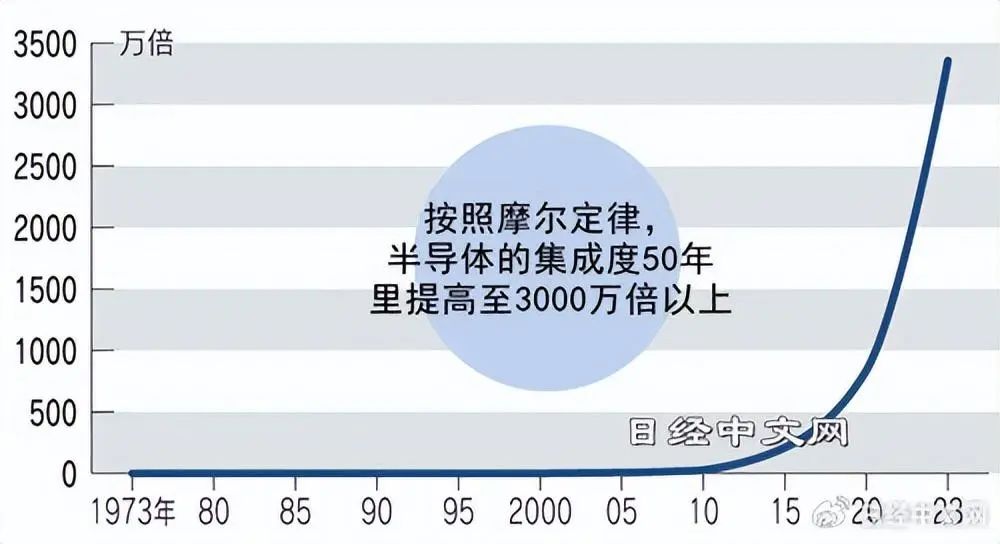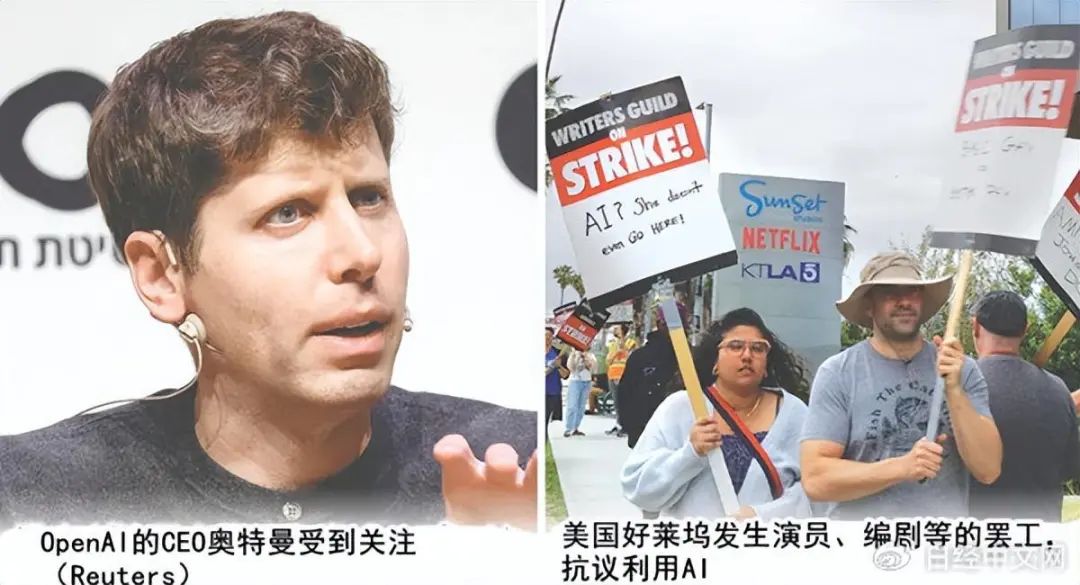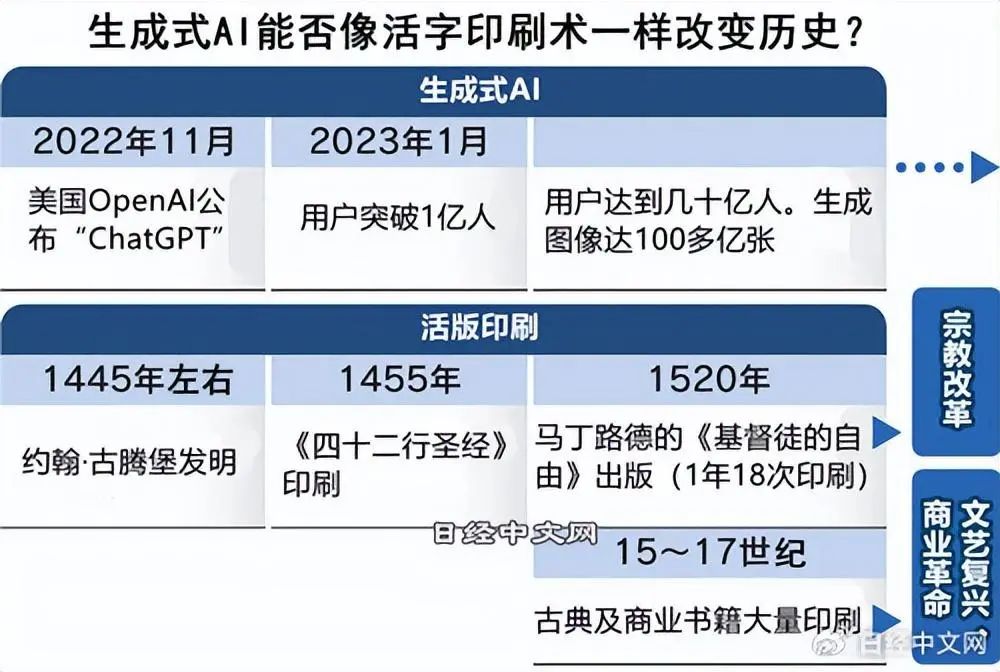Human Creativity Dries Up, AI Becomes a Tool for Mass Idea Generation
-
Compared to the early 1970s, 50 years ago, the number of technical personnel required for semiconductor development has increased by more than 18 times. This was revealed in a recent paper by Professor Nicholas Bloom of Stanford University and others.
When it comes to semiconductors, they have historically evolved according to Moore's Law, which states that the density of transistors (semiconductor components) doubles every two years. This has accelerated the progress of computers and provided strong support for the development of the IT industry, a fact that no one denies.
On the other hand, to sustain Moore's Law itself, the industry has had to significantly increase the number of technical personnel. The background to this is that technology and design are becoming increasingly complex, and organizations are becoming more closed, making it difficult to sustain innovation at the same pace.
The title of this paper is 'Are Ideas Getting Harder to Find?' and explores the topic of 'idea production efficiency' in cutting-edge research. For example, Moore's Law is expressed by the formula '2 to the power of n/2 (where n is the number of years).' If we calculate the achievements over the 50 years up to 2023, the integration density of semiconductor components should have increased by 2 to the 25th power, or 33,554,432 times.

From the perspective of efficiency in research and development (creative productivity), when divided by the number of practitioners, it has declined to 1/18th of what it was 50 years ago. Bloom points out: "Semiconductors are one example. In many fields, the number of required technical personnel shows an increasing trend, while the amount of creativity generated per individual relatively decreases."
Human creativity is drying up. If this is the case, generative AI (Artificial Intelligence) and quantum computers may further gain attention as human assistants.
The pharmaceutical industry is already experiencing this situation. The synthetic chemistry methods humans use to develop drugs from natural substances have stagnated. Since a few years ago, using quantum technology and supercomputers to develop new drugs has become mainstream. In the frontline of autonomous vehicle development, AI simulations are conducted alongside actual driving experiments, becoming an indispensable research method.
There are growing signs of AI-driven creative expansion in ordinary workplaces. A US startup named Fantasy has launched a service that dispatches AI virtual "synthetic employees" to attend clients' online meetings and propose diverse ideas. These synthetic employees can be customized with arbitrary age, family structure, and professional expertise.

Groundbreaking ideas don't come easily. Research shows that flashes of inspiration leading to technological innovation typically emerge from thousands of existing ideas. Innovation requires massive quantities of ideas. How far can companies go in obtaining ideas without incurring costs? AI may provide the path forward.
This trend isn't limited to corporations. Reports indicate that Apple's iPhone15 (released September) expanded the processor substrate's "AI domain" (covering image processing semiconductors etc.) by several percentage points compared to iPhone14.
Smartphones have already incorporated all functionalities such as speaking and photography, with usability reaching a sufficiently high level. 'In the future, daily life will also rely on AI to unleash imagination,' and it's not inconceivable to say that Apple has begun considering the AI transformation of smartphones.
Ken Mori, Director of the Digital Society Research Office at Nomura Research Institute in Japan, predicts: 'A new field called "creative industries" will emerge.' The 15th-century printing press brought about the Reformation and the Renaissance. The 18th-century Industrial Revolution established the massive manufacturing industry through the division of labor between humans and machines. In the future, the division of labor between humans and AI will create new industrial forms, potentially reconstructing existing product manufacturing and services within new industrial frameworks.

However, the nature of this division of labor remains unpredictable. If AI significantly encroaches on domains traditionally belonging to humans, it could lead to social upheaval. This year's protests by actors and writers in the U.S. film industry and the increasing number of lawsuits surrounding portrait rights and copyrights highlight the challenges of coexisting with AI. There may be a need to prohibit excessive reliance on AI for creative endeavors.
Where is the domain for human contribution?
Japanese pharmaceutical company Eisai gains attention for its groundbreaking new drug treating cognitive disorders. Eisai CEO Haruo Naito believes the source of creativity 'should be empathy'.
Eisai's treatment drug took decades to receive initial approval in the US. During this period, what mattered most was engagement with patients. Eisai has been encouraging its over 10,000 global employees to spend 1% of their working hours with patients in hospitals and events. While 1% amounts to roughly 2.5 days per year, 'this has become an opportunity to understand patients' concerns and worries, expanding the uniquely human capacity for empathy.' In the realm of the mind where AI cannot easily penetrate, there still appears to be space for human contribution.

There has always been a focus on creative management in business. During Honda's expansion period, its former vice president, the late Takeo Fujisawa, known as a renowned strategist, advocated for 'breaking the law of impermanence' (avoiding decline and achieving sustainability). The goal was to establish an organization that could continuously generate free ideas, unaffected by performance. This ultimately led to the decision to separate the research department from headquarters (though Honda's four-wheel vehicle development has since returned to headquarters).
However, in those days, creativity was fundamentally human-driven. In the era of AI-generated ideas, what does corporate sustainability look like? This is uncharted territory for Honda and all other companies. As we search for the right balance, it's crucial that humans do not become overly reliant on AI but instead manage it effectively.
